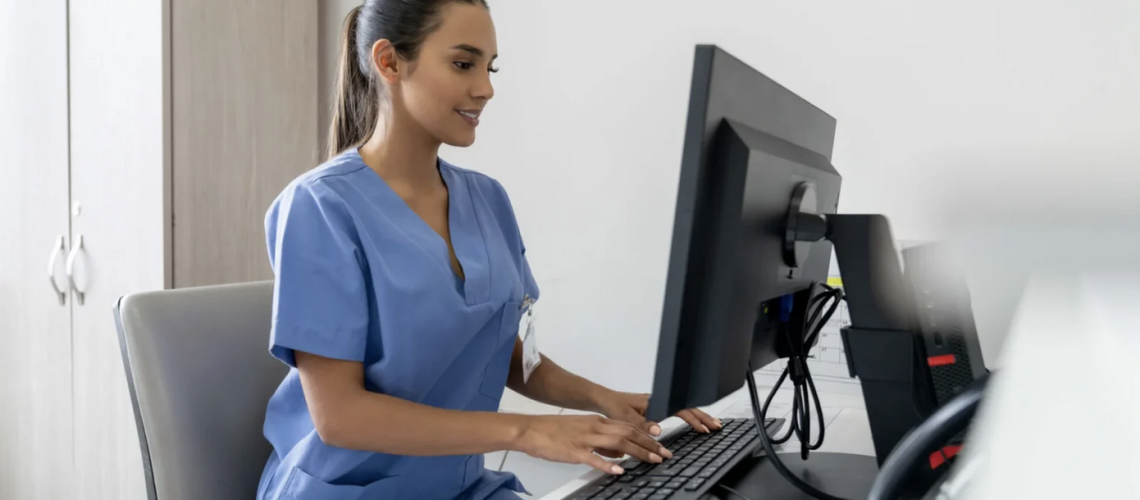The rise of telehealth during the COVID-19 pandemic pushed up the timetable on telehealth education for medical schools and residency programs. But the relative lack of training using this newer care modality hasn’t just been a challenge for physicians in training. Preceptors also suffer from lack of preparedness in making the transition from face-to-face visits to online consults.
“While it may be tempting to long for a ‘return to normal’ in providing patient care and education, the reality is that, like telehealth, teleprecepting is the new normal,” wrote the authors of the “AMA Telehealth Clinical Education Playbook,” a new educator-directed guide focused on embedding educational interactions within a telehealth patient encounter. Download the playbook now.
Telehealth’s unique demands
The playbook accommodates the many different stages of telehealth implementation. Some educators, for example, might need to focus on telehealth competency, such as camera presence, voice modulation, patient-centeredness or communicating with surrogates.
“This is fundamentally different from focusing on providing quality patient care in telehealth settings,” wrote the authors, who were all drawn from member schools of the AMA Accelerating Change in Medical Education Consortium. “Each of these goals is equally valid and important to pursue, yet not all need be pursued simultaneously nor in any particular sequence because of the unique needs and resources of each health care clinical education setting.”
The playbook’s guidance is divided into these three main sections.
The warmup
This includes an orientation on the history of telehealth, the basics of telehealth practice—including billing and documentation—the barriers and challenges to successful telehealth during the COVID-19 pandemic, and a glossary of common terms.
The pre-game
“Telehealth education does not begin and end with the clinical telehealth patient encounter,” the playbook says. “There are key considerations and planning decisions required before the encounter and, in many cases, after the encounter that can greatly extend the quality and power of the learning experience.”
The authors then described four key steps to prepare your clinic or institution to ease the incorporation of telehealth into its existing educational and clinical infrastructure.
Use the four quadrants of telehealth training to identify your needs. Specifically: Optimize logistics, build skills, facilitate learning and innovate. This section includes a checklist.
Get to know the three phases of the telehealth encounter. It’s not just about what happens on screen. Telehealth encounters often include a pre-encounter phase and a post-encounter phase.
Assess how you might need to adapt encounters. “Review the operational and educational similarities and differences so the learner can use a familiar paradigm (in-person encounter) to better understand and prepare for the telehealth encounter,” the authors wrote. “Highlight the aspects of a patient encounter that are salient for both telehealth and in-person encounters,” such as rooming patients.
Review your goals and competencies. This helps to “identify content which is durable and transferrable, thus driving ‘intentionality’ in designing a successful education encounter,” they noted. “Whether and to what extent the objectives are accomplished becomes a critical part of evaluating success later.”
Game time—telehealth
The third part of the playbook goes deeper into the demands of the telehealth encounter and the educational encounter, as well as how to evaluate success.
——————————————————
Photo courtesy of: AMA
Originally Published On: AMA
Follow Medical Coding Pro on Twitter: www.Twitter.com/CodingPro1
Like Us On Facebook: www.Facebook.com/MedicalCodingPro







